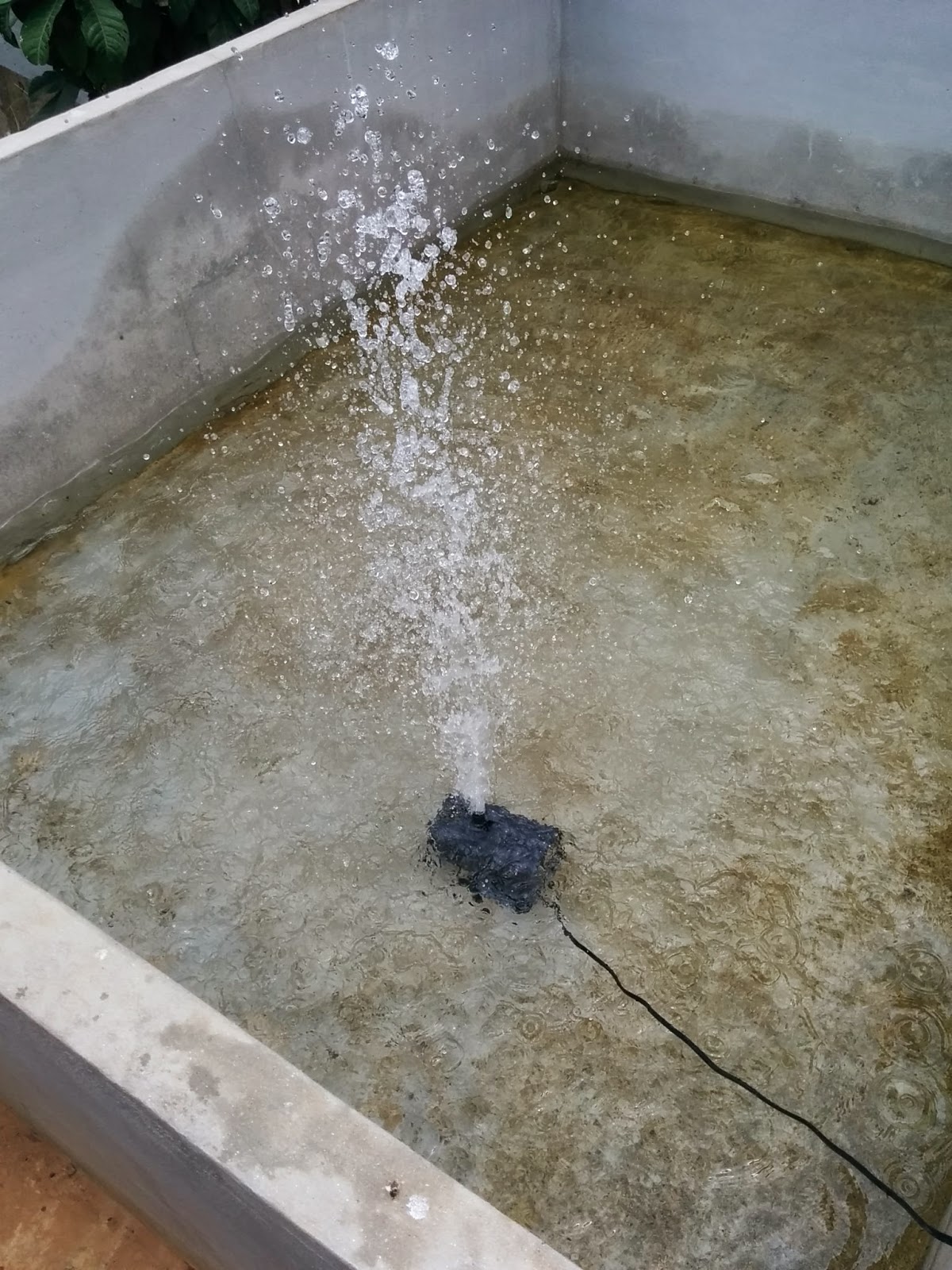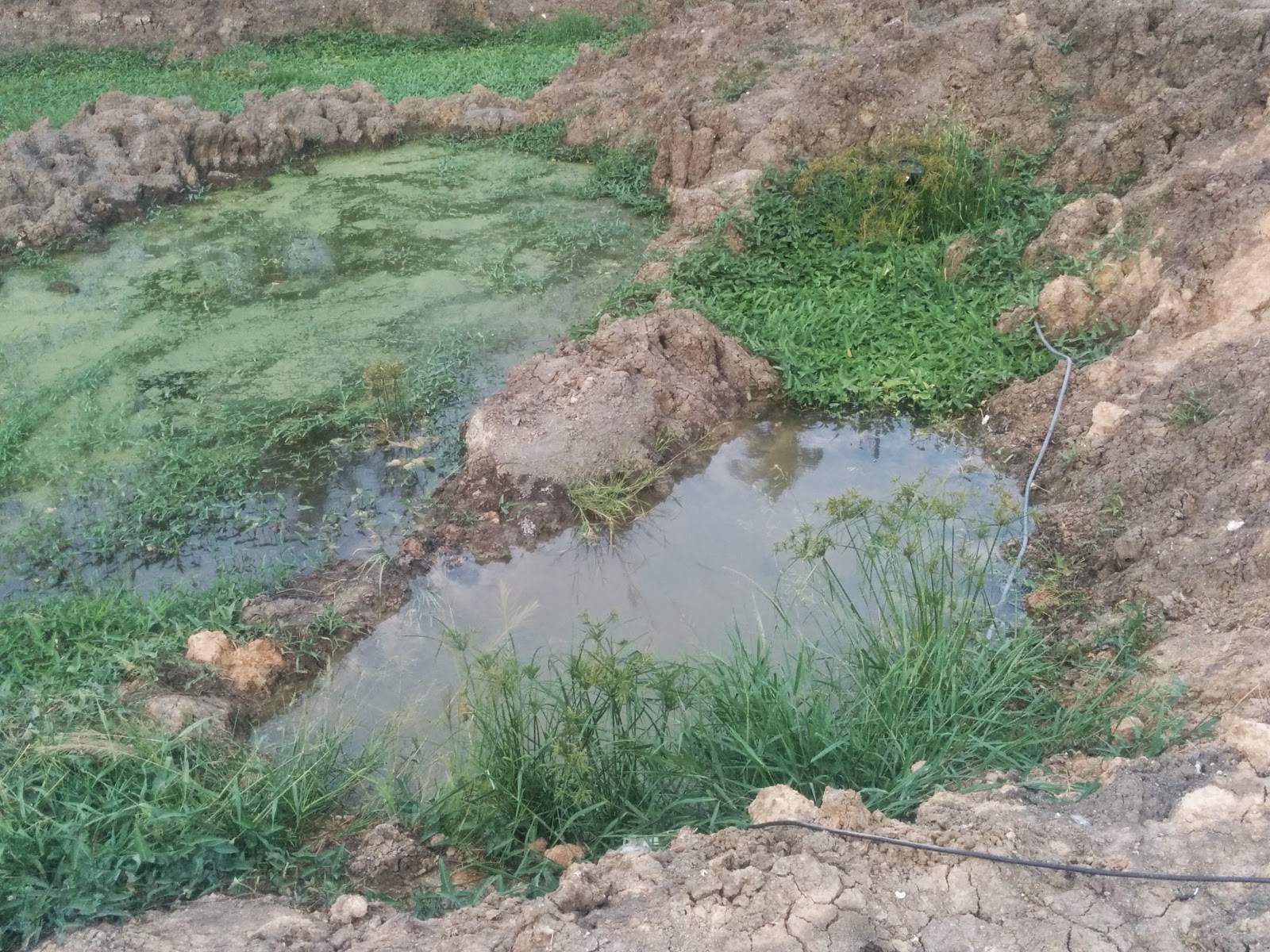I have been reading about natural swimming ponds and biological filters for the past few months. The basic idea is that you don’t need to go the chemical route with chlorine or even ozone filtering to get a clear, clean swimming pool (or pond!).
An alternative that is gaining in popularity is to create a system that roughly emulates the way nature cleans water by devoting up to 50% of your pool/pond area to a biological “regeneration zone”. This zone is effectively a natural wetland ecosystem where water plants are cultivated and the plant roots and the aerobic bacteria that grows on them can filter out the bad bacteria and chemicals that can pollute your water. (Optionally, one can use a UV-filter to really kill off the bad bacteria in the swimming area, which can be done in such a way that it doesn’t kill off the “good bacteria” in the regeneration zone.)
The web page that got me really inspired about this can be found here. If you get a chance, please click over even if just to check out the pictures. They are pretty amazing!
As usual, whenever I am inspired by something, I want to try an experiment. And after about 1 month, this experiment appears to have be unexpectedly successful.
After digging up the clay soil in our pond area to fill in around where we are building the first house, I noticed a large puddle form in the next rain. It looked like the perfect opportunity to create an experimental test biofilter. It was about 10 meters by 4 meters and about 50cm deep. This comes out to roughly 20 cubic meters, which is a decent sized test pond. And it just happened to be roughly the shape and layout that we want for the final pond, with a shallow area on one side for the regeneration zone and a deeper area on the other side for the swimming zone. (For comparison, the final pond may be about 60 meters long, about 30 meters wide, and about 2 meters deep on average… which comes out to roughly 3000 cubic meters of water.)
To help you imagine it, here is a picture of the final test results:
Unfortunately, I don’t really have a “before” picture, but imagine the above picture with no plants and very turbid water full of algae like the pool in the upper left. As an early test, I filled up a 2 liter bottle with the water and looked at it. It was actually moderately clear, but with tiny but visible suspended solids which were presumably the algae.
It is hard to tell from the picture due to reflections, but the water is quite clear to a depth of about 40cm at which point the clay on the bottom makes it a bit murky. This will be quite interesting to see how it turns out once it is 1-3 meters deep on the real pond.
I started by buying a black plastic bucket at a fish supply store which I filled up with stones and sponges as a simple filter. This bucket is on the far side of the above picture. I then took a pump I bought for testing the solar panels:
and pumped water from the area opposite the filter through a clear plastic tube (visible on the right side of the picture) around to the filter bucket. Almost immediately, the water coming out of the filter bucket was perfectly clear when captured in the 2 liter bottle and did not have any of the previously visible tiny suspended solids.
The really cool unexpected part was that after leaving the pump going for a week or two, a really good variety of tall and short, floating and soil based water plants sprouted up in the area I imagined as the “regeneration zone” as well as near the pump. I guess moving water brings exactly the nutrients these plants need, and there are enough wild seeds around for these kinds of plants that they just appeared on their own. Along with them came a few dragonflies, butterflies, and frogs. A decent ecosystem without even trying!
I am suspecting now that this land is ideal for this kind of natural swimming pond. (Hopefully I won’t live to regret those words.) Much of the literature I’ve read is about the difficult process of lining the pond so the water doesn’t leak out. But we are lucky enough to have a high density of natural clay in the soil that makes the pond water tight without any artificial liner at all. Another large amount of literature I’ve read is about how to choose the plants and keep them alive. But most of the plants I need are native to this plot of land already and seem to thrive without any care at all. I will probably experiment with other plants that are locally available, but I’m already pretty confident that these plants will be enough. And finally, there is quite a bit of mention about how the plants will die off during the cold season and then need to be replanted in the spring. But the weather here is so mild that these plants flourish year round.
So please wish me luck. This is one of the more ambitious projects I’m going to attempt as part of the land development.
As always, I’ll post as soon as there is more to share. Until then, here are a few more pictures at the end of the experiment…




